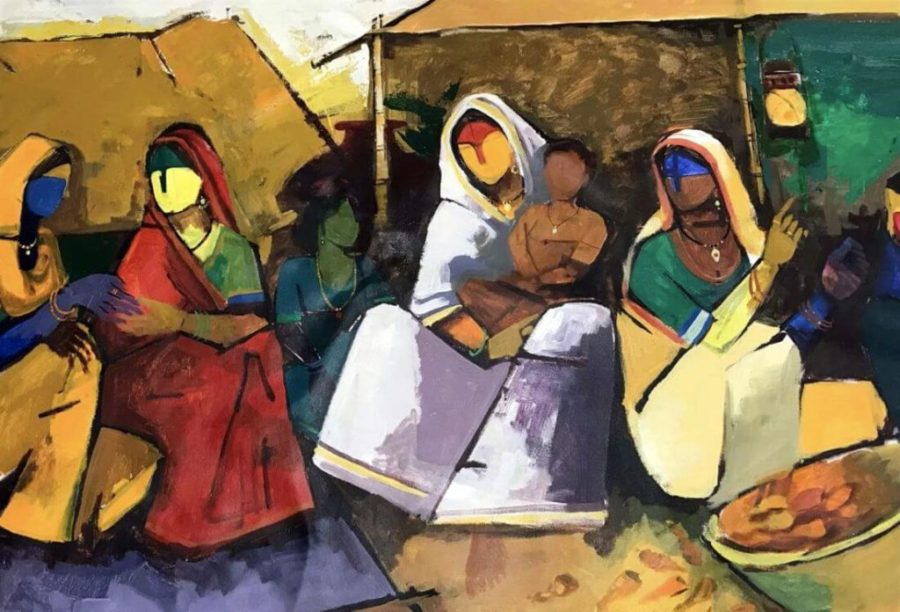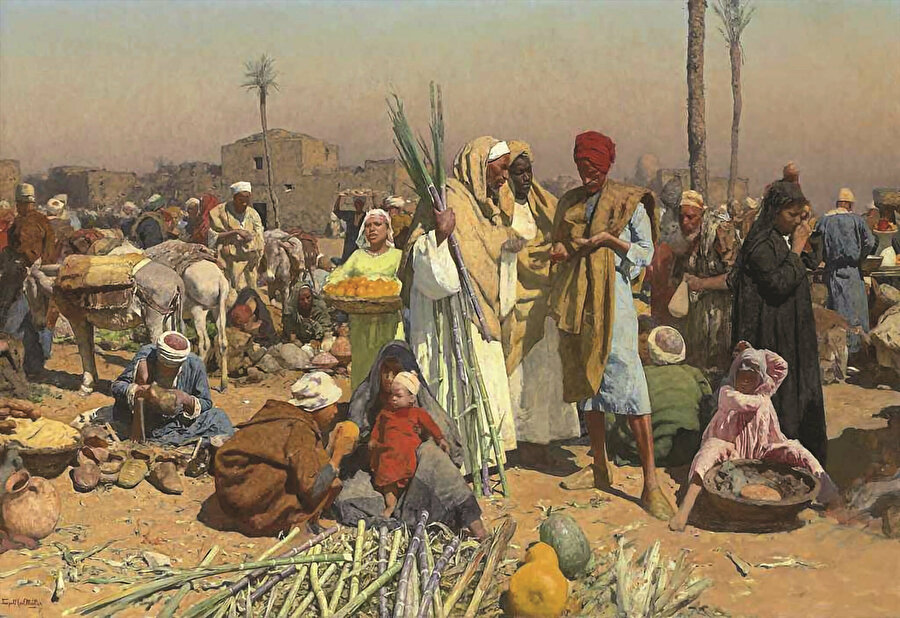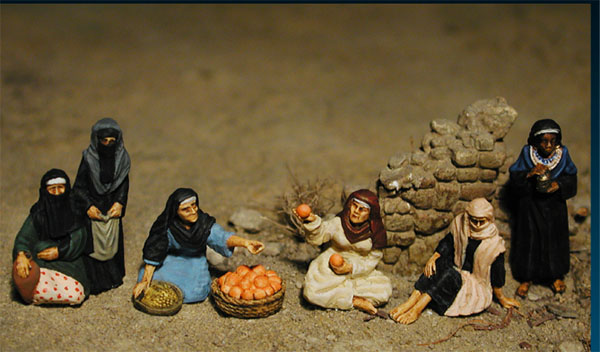
Women’s participation in the economic life of early Islamic society
Both during the lifetime of the Messenger of Allah (peace be upon him), and during the four caliphs, women contributed to the economy, writes Feyza Betul Kose.
In those days, women were primarily customers who went shopping in the bazaar. The notion that they didn’t leave the house and that their male relatives did the shopping for them is incorrect. In addition, on the example of Khadija (may Allah be pleased with her), we know that even in pre-Islamic times there were women who were engaged in trade . Such were also among the companions of the Messenger of Allah (peace be upon him), for example, Kaila al-Anwarya and Mulyayka (may Allah be pleased with them). According to legend, women were the largest among the perfume traders. One of them was Asma bint Muharib (may Allah be pleased with her). Incense, which she traded on tap, was sent to her from Yemen by her son Abdullah ibn Abi Rabia. Customers came directly to Asma’s home.
During this period, women not only acted as buyers and sellers, but also were muhtasibs who controlled prices and goods in the market. Under the Messenger of Allah (peace be upon him), Samra bint Nuhayk (may Allah be pleased with her) performed these duties at his direction. Umar (may Allah be pleased with him) approved a woman named Shifa bint Abdillah for a similar position. Although it is believed that such appointments were associated with the presence of women among the sellers and buyers, Muslim muhtasibs controlled not only women, but also men commercial activities.

Source: gzt.com
Women who wanted to have economic independence from their husbands turned to trade. An interesting example in this regard is Hind bint Utba . One day she came to the Prophet (peace be upon him) and complained that her husband Abu Sufyan was stingy and did not meet the needs of her and her children. She asked the Messenger of Allah (peace be upon him) if it was right to buy everything she needed, taking her husband’s money without permission. He told her that it was permissible. During the reign of Umar (may Allah be pleased with him), Hind (may Allah be pleased with her) asked for a loan of 4,000 dirhams to go into trade. She began selling goods from the Kalb tribe, paid off her debt to the treasury, and earned her living.
Traditions show that some women participated in economic activities as producers and even provided for their families at the expense of this. For example, so did Raita bint Abdullah (may Allah be pleased with her), the wife of Abdullah ibn Masud (may Allah be pleased with him).

Source: germania-figuren.eu
The active participation of women in the economy of that time is also evidenced by the practice of mukataba. This was the name of the agreement that slaves, including women, entered into with their masters, agreeing to pay the agreed amount to the masters for their release. There were certain types of activities that female slaves were engaged in in order to fulfill such a contract. The most common of these was sheep grazing. In addition, slave girls earned money by baking and selling bread, spinning yarn, embroidering and grooming their hair. It is known that there were concubines who earned money by providing various services to passing caravans .
As you can see, in early Islamic society, women participated in economic life in a variety of roles and to the extent that the conditions of that period allowed.
While many examples can be cited, we must state that the number of women who played an active role in the economy was small. However, one should take into account the fact that the society we are considering lived in a city with limited economic opportunities and a population of no more than 20 thousand people, according to the highest estimates.
Islamosphere

